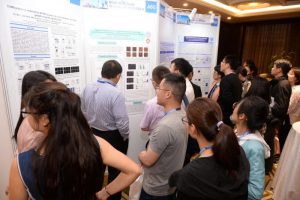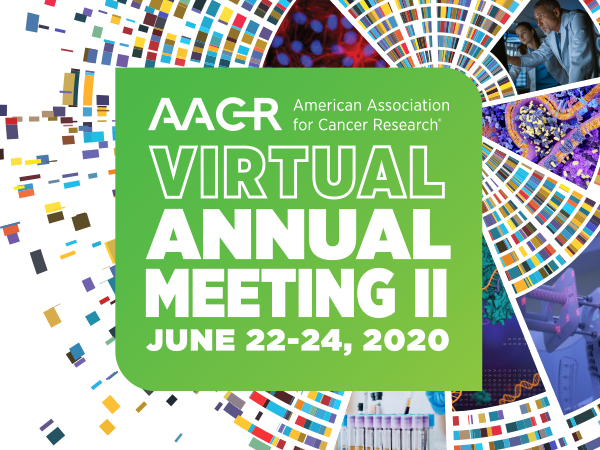Conference in China Examines Genomics, Drug Development
Shenzhen is a remarkable place. It serves as a gateway to Hong Kong, and in its short 40-year history has grown to become China’s seventh largest city, with a population of 20 million and some of Mainland China’s tallest buildings.
The Fifth AACR New Horizons in Cancer Research (NHiCR) International Conference sessions have attracted more than 350 basic, clinical, and translational researchers and practitioners from throughout China, the Asia-Pacific region, and worldwide. Notably, many of the participants are early-career investigators from a diverse roster of leading cancer research institutions, including Johns Hopkins University, Peking University, the University of Toronto, Xiamen University, the University of Western Australia, the University of Hong Kong, the University of Texas, Fudan University, the University of Bern (Suisse), Tsinghua University, the National Cancer Institute, the Singapore National Cancer Center, Sun Yat-Sen University, Children’s Hospital of Philadelphia, the University of Oulu (Finland), Tohoko University (Japan), the Chinese University of Hong Kong, the University of Minnesota, the Shanghai Institute for Biological Sciences, University Hospital of Tubingen, China Medical University (Taiwan), Columbia University, and the Chinese Academy of Medicine.
Conference organizers are also pleased that NHiCR Shenzhen has attracted over 21 pharmaceutical companies from China and the rest of the world as well.
Under the overarching theme of genomics, the second day’s plenary focused on aspects of single-cell analysis of infiltrating immune cells in multiple cancer types, the genetic basis of immunotherapy efficacy, human gastric cancer organoid biobanking for molecular diversity and heterogeneity in therapeutic screening, and identifying occult maternal malignancies via low-coverage whole-genome sequencing in 2 million pregnant women.
In China, new drug development capabilities have grown demonstrably in the last few years. Following the plenary session, the U.S. Food and Drug Administration (FDA) and the China National Medical Products Administration (NMPA) held a joint panel discussion structured around a series of questions on shared synergies and challenges posed by moderator Xiaodong Wang, PhD, of the National Institute of Biological Sciences in Beijing:
How does the FDA view the results from trials conducted in China? How can differing cancer incidence and phenotypes in each country contribute to the worldwide effort to fight cancer? What are the definitions of orphaned drugs and implications for review and approvals in each country? What are the regulatory challenges created by growth in new therapies for the FDA and NMPA? How should new therapies be regulated? There was agreement that it is important to establish communication structures to advance opportunities to bring drugs and therapies forward to help patients worldwide, and to assure safety, quality, and efficacy.
The day’s concurrent sessions were divided among themes and disciplines related to cancer epigenetics, lung cancer, cancer metabolism, leukemia and lymphoma, new drug development, and nasopharyngeal carcinoma.
The second day also saw the launch of the first set of 2019 NHiCR poster session presentations, from among over 130 accepted poster abstracts.
Conference cochair, Hong Wu, MD, PhD, characterized the community created at the 2019 NHiCR conference by saying, “speakers have brought outstanding science in basic, clinical, and translational research, and the scientific networking of NHiCR Shenzhen has been remarkable for all, especially our young investigators.”




